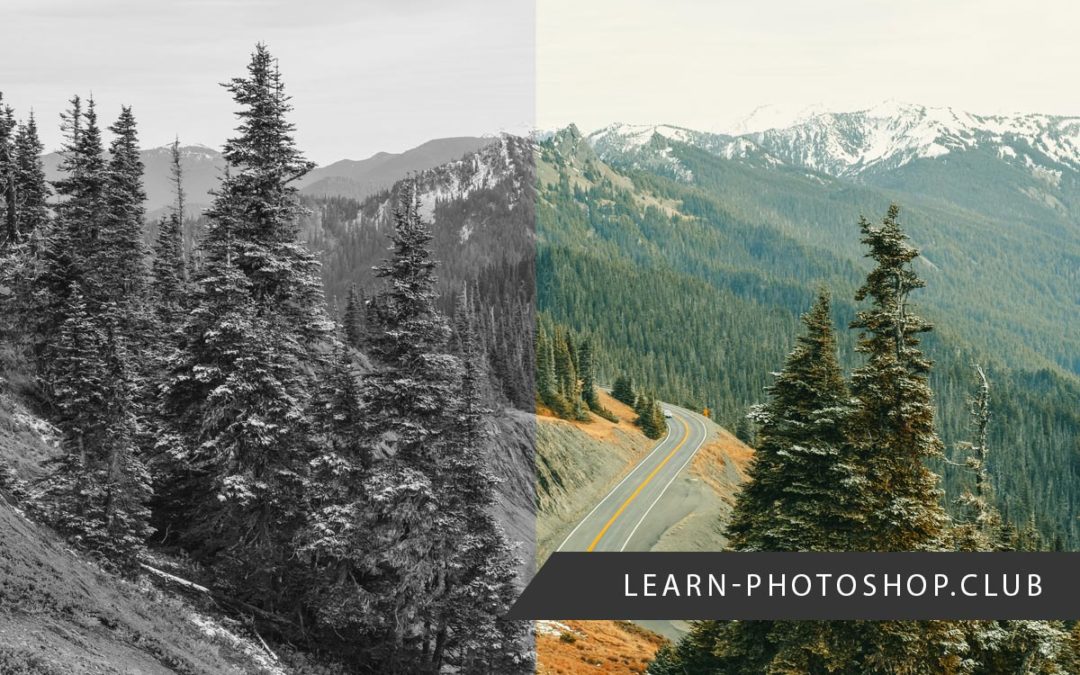
All right, I'm going to go ahead and zoom out here so that we can see the entire family. Which is why the blue channel typically plays the smallest part when you're mixing black and white images inside Photoshop. And we have this posterization right here along the side of her forehead. Notice how we have this very brutal data down here in a shadow detail. So notice I'll go ahead and zoom in on the girl's face even more closely.

Which is to say very abrupt transitions in luminance levels. And things in this image in particular darken up significantly in the blue channel to the point that we have what's known as posterization. And then darker still in the blue channel.

From the red channel where folks are always the brightest to the green channel. You're going to see the people darken up. So anytime you're looking at red blooded human beings doesn't matter, race, gender any of that stuff. And the reason it's appearing darker is because we're looking at a portrait shot. This is the green channel, which is going to appear darker. I'm going to zoom in here though so we can see things a little more up close and personal. So here we've got the red channel, which is quite bright as you can see.

And each one of these channels is a single gray scale image. And then notice that this is an RGB image meaning that it's mixed from red, green and blue data. So the first step is to switch over to the channels panel which you can get either by going up to the window menu and choosing the channels command or by clicking that tab right next to layers. And there's three ways to make them as we're about to see. And a gray scale image is one that contains just a single channel of data. Let's take a look at black and white at its most basic, which is gray scale. Before we take a look at how you can mix your own custom black and white images.


 0 kommentar(er)
0 kommentar(er)
